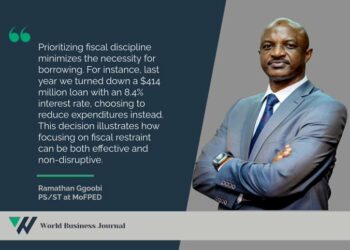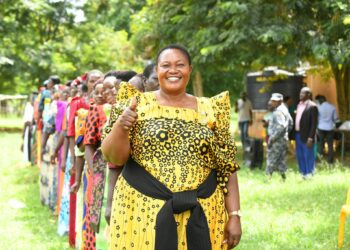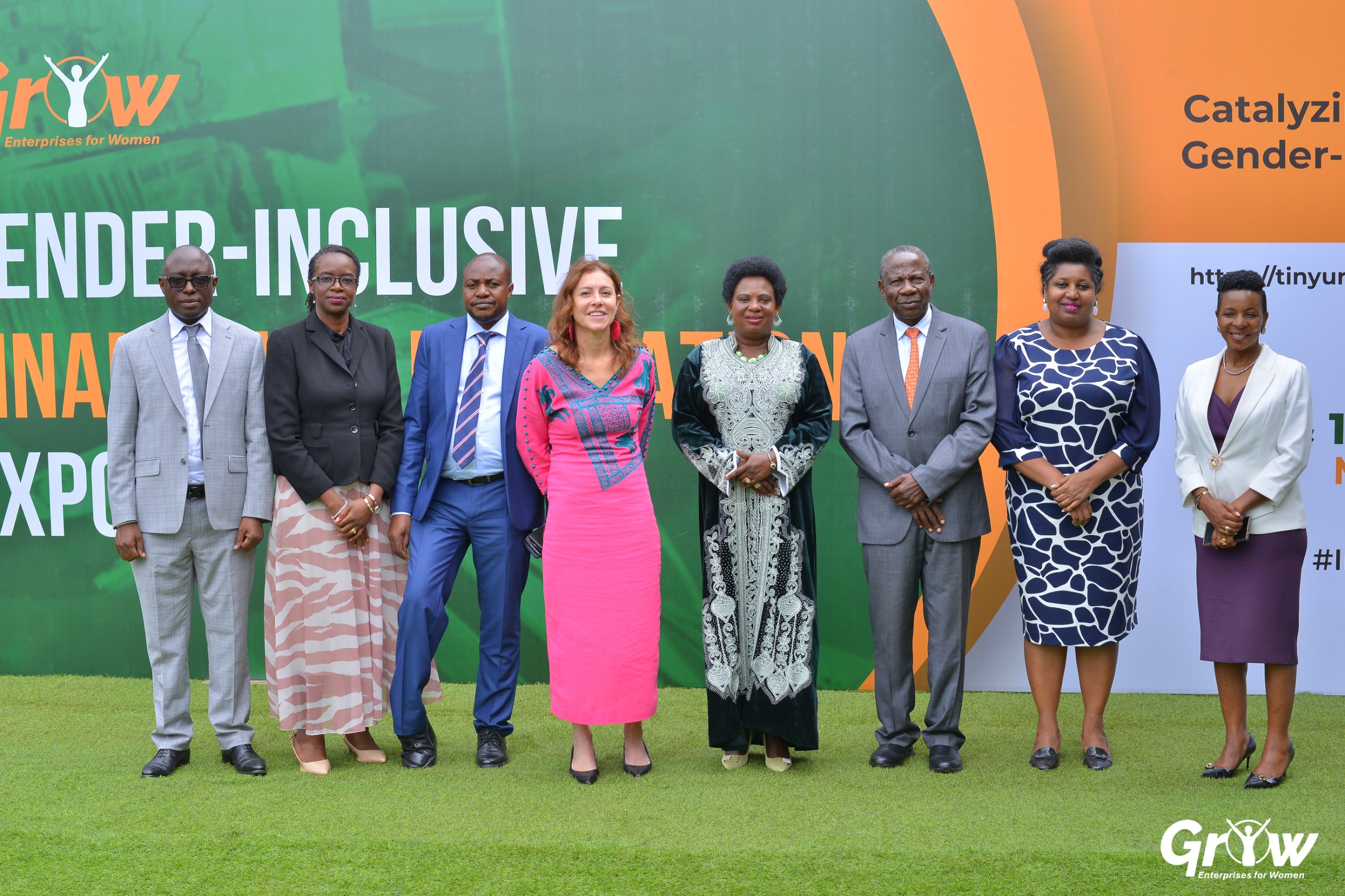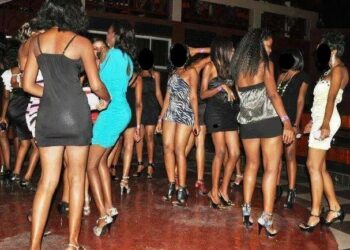The Karamoja region in north eastern Uganda comprises nine districts: Abim, Amudat, Kaabong, Karenga, Kotido, Moroto, Nabilatuk, Nakapiripirit, and Napak. Due to space constraints, I will specifically discuss government and NGO interventions directly related to poverty alleviation in Karamoja. Both the government of Uganda and NGOs have injected billions of money in the Karamoja subregion.
However, despite these efforts, incontrovertible evidence shows that over 60% of the Karimojong’s are still living in poverty, a higher rate compared to other regions in Uganda (Ategeka, 2022; UNDP, 2023; UBOS, 2024). Poverty in Karamoja has become normalized to the extent that the local population hardly recognizes the severity of their situation. In 2002, the government of Uganda initiated the Karamoja Integrated Disarmament and Development Programme (KIDDP), to address insecurity and promote economic development in the region (Office of the Prime Minister cited in Naisiko, 2024). Additionally, the Northern Uganda Social Action Fund (NUSAF) which had three phases: NUSAF phase one, two, and three.
NUSAF phase three, funded by the World Bank, aimed to provide income support and build resilience among poor and vulnerable households in Northern Uganda. To the best of my knowledge, the people of Karamoja have benefited from all these projects.
However, the persistent poverty in the subregion is quite frustrating. In 2022, President Yoweri Museveni launched the Parish Development Model (PDM) with the objective of serving as a transformative government intervention aimed at improving the incomes and welfare of Ugandans (Mugerwa, 2024). The brutal fact is that the Karimojong’s are receiving the PDM money in the parishes, but one big challenge is that much of this money has not been used for its purpose. For example, part of the PDM money has been spent on alcoholic consumption. I remember one evening when I was strolling through a village in Karamoja.
I witnessed nearly six people in the village arguing loudly and even getting into physical fights. Curious about the situation, I asked what was going on. An elderly woman replied “They are drunk, and that is PDM money.”
The question is, how will Karamoja progress when government resources are being used for alcohol consumption to the extent of nicknaming PDM as “Personal Drinking Money”? NGOs are also victims. They have been pumping billions of money in Karamoja, offering cash allowances since 1980.
However, it is unclear how the money from the government and NGOs has been invested by the recipients. The living conditions in the region continue to be poor, with no clear scientific explanation leading to what is known as the “Karamoja Question.”
Ayub Mukisa (PhD)
Executive Director. Karamoja Anti Corruption Coalition (KACC)
Email: ayubmukisa@gmail.com
Do you have a story in your community or an opinion to share with us: Email us at editorial@watchdoguganda.com













